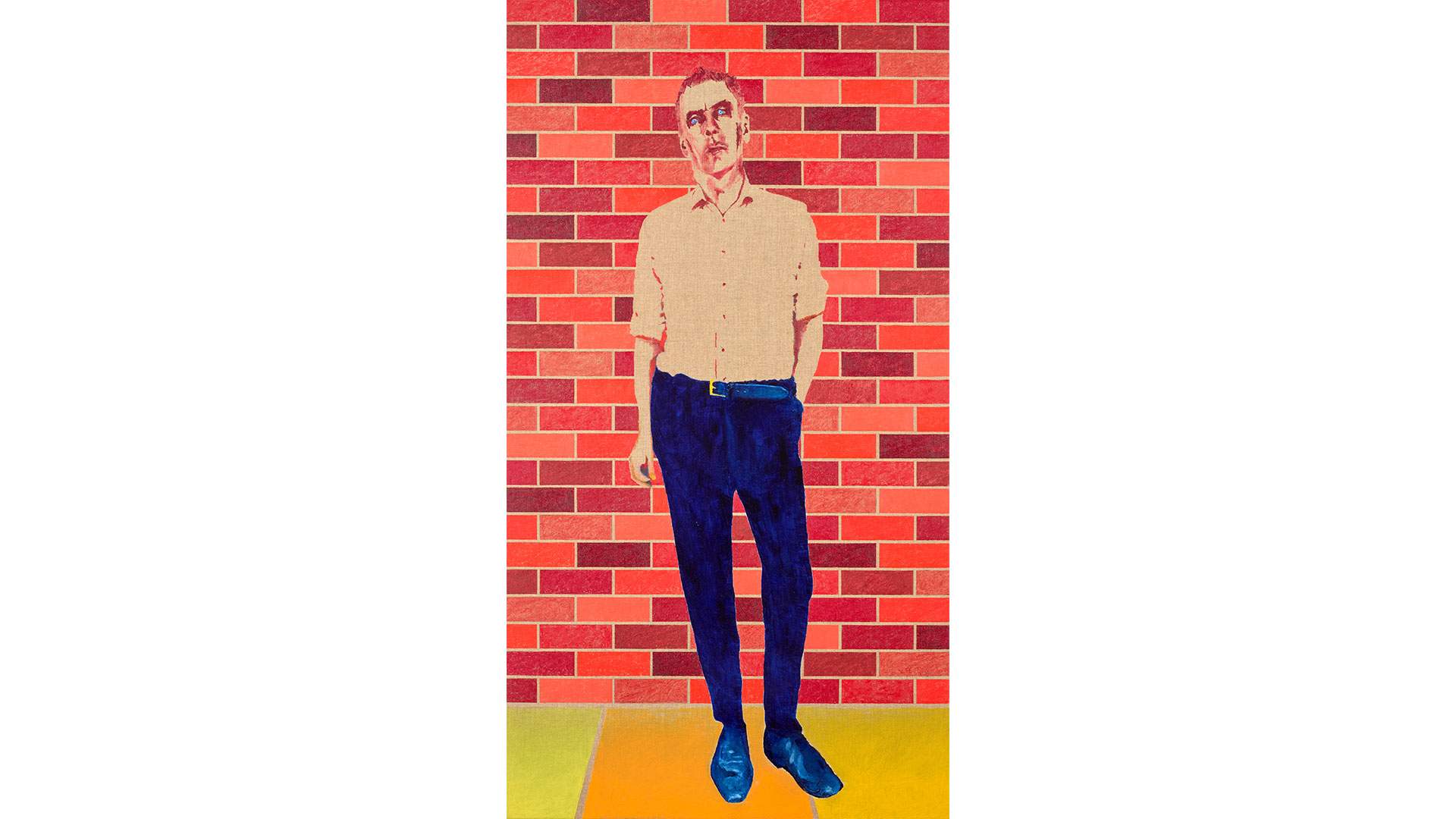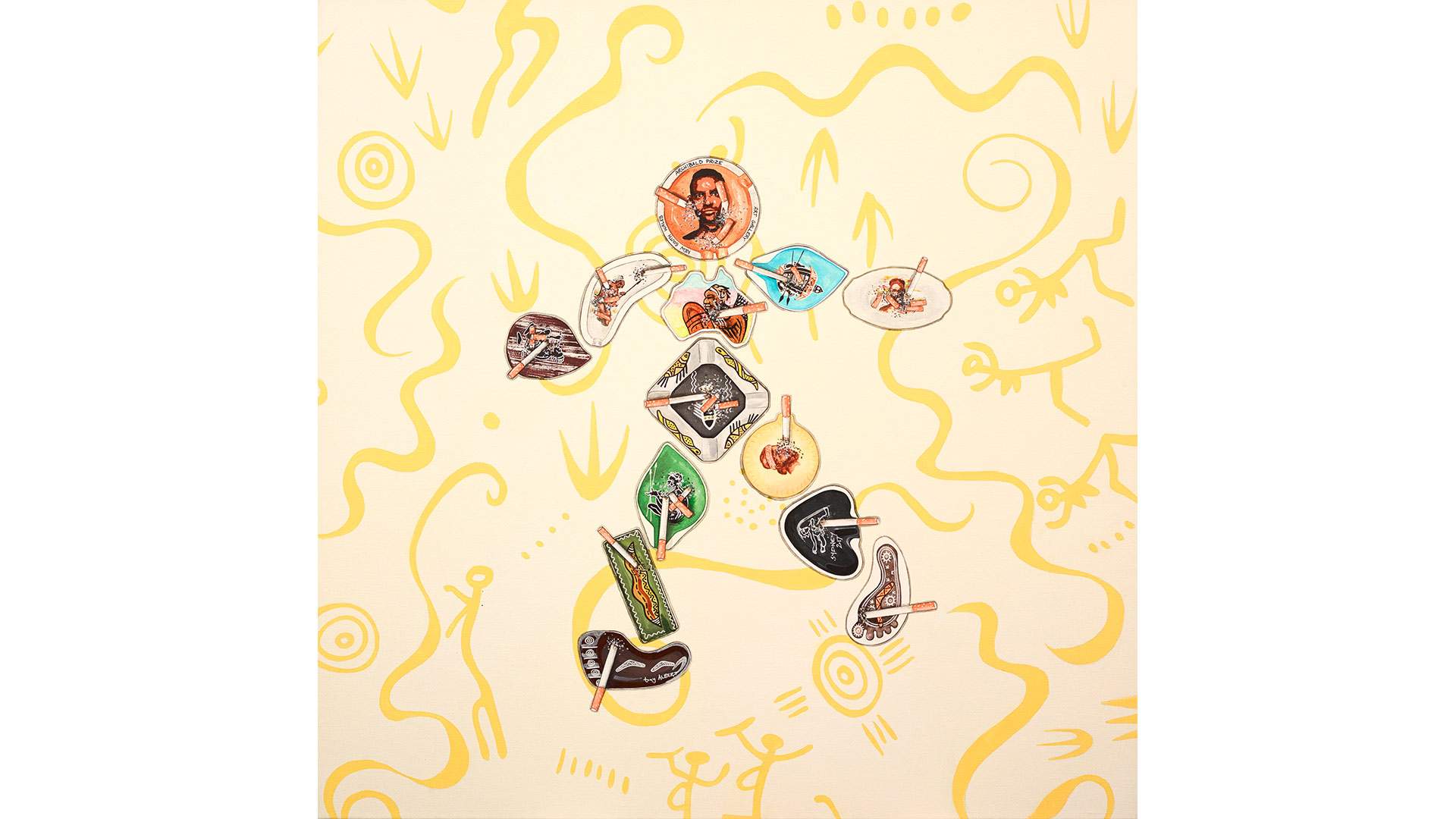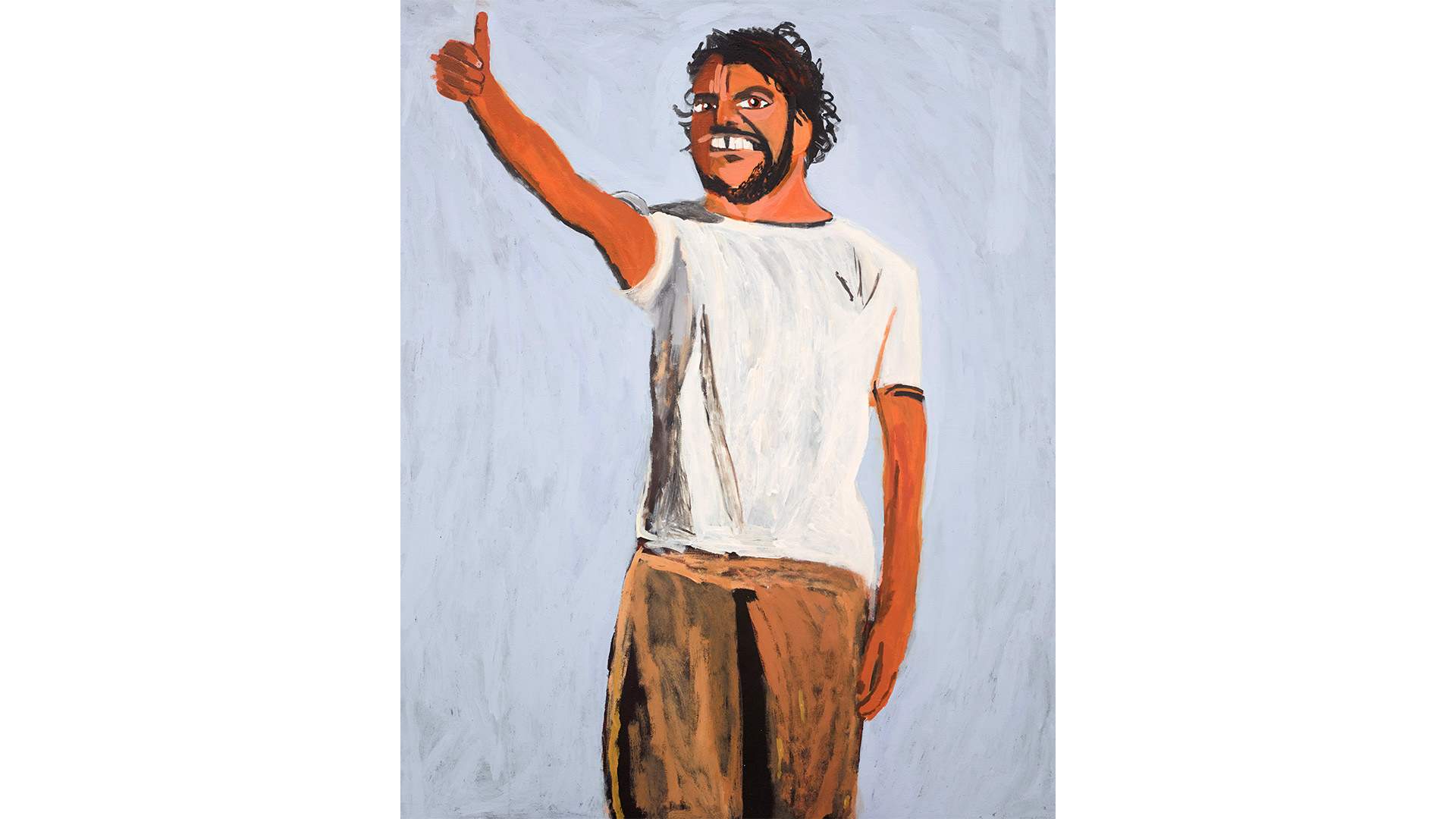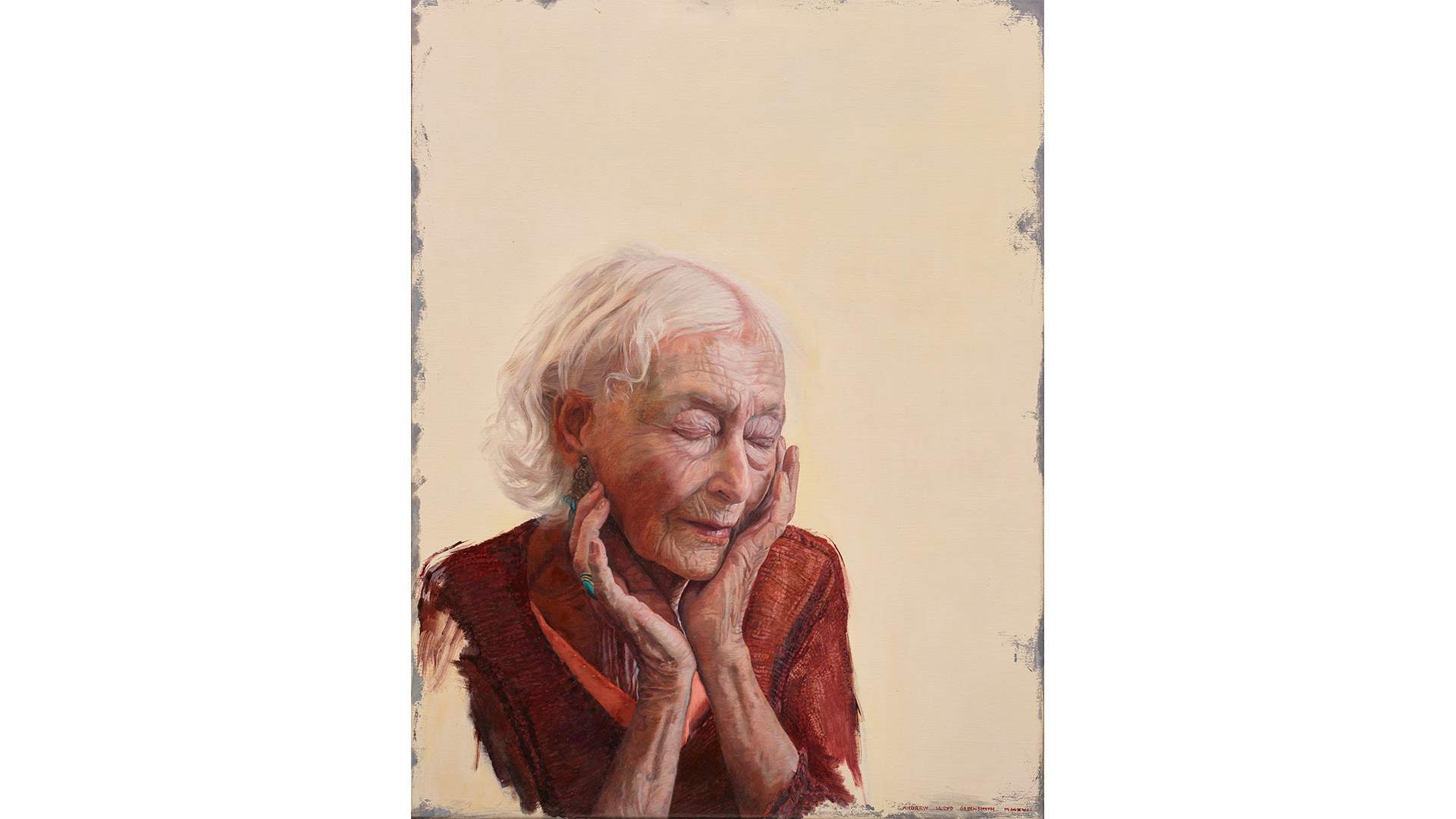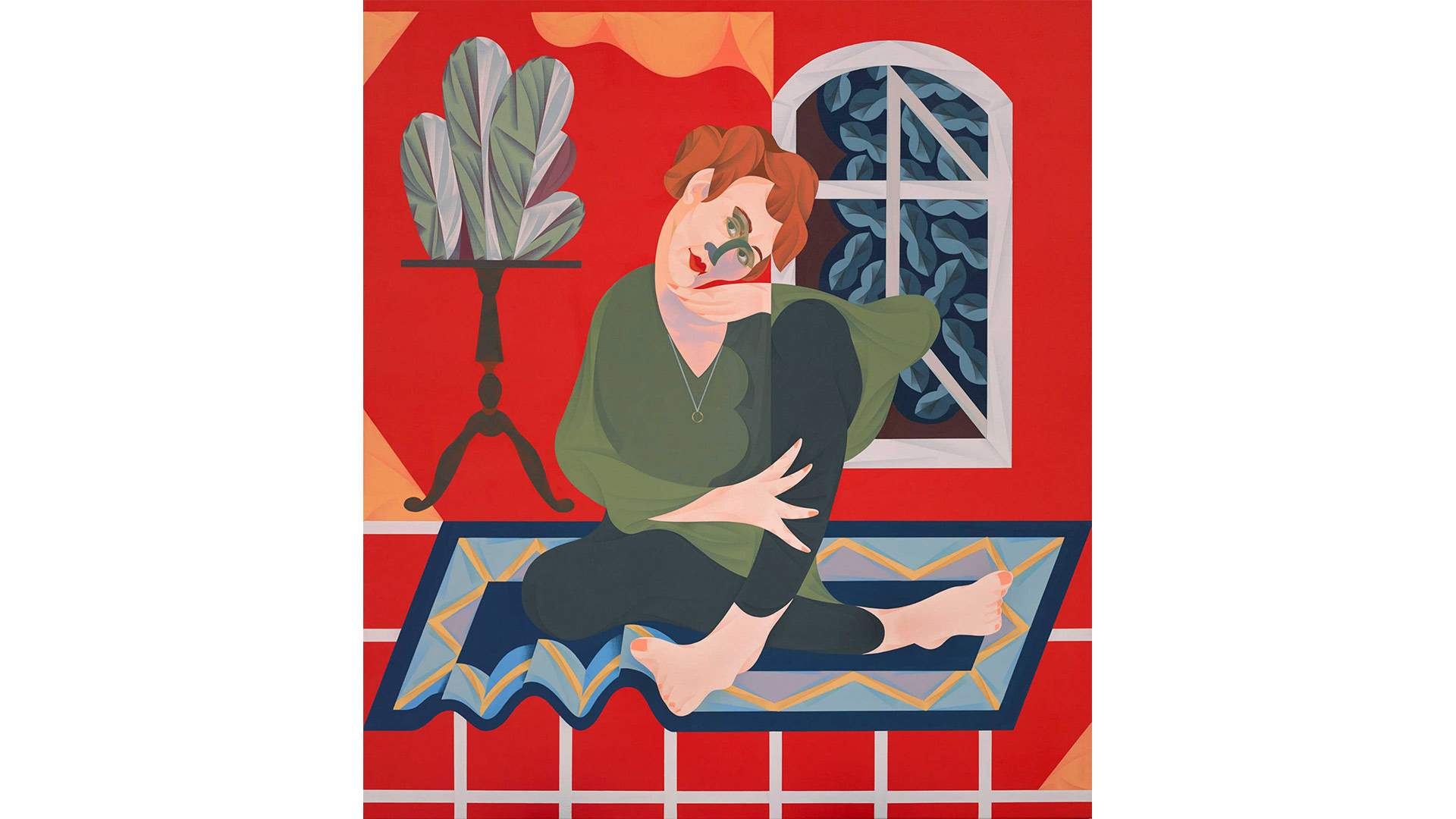Five Things You Should Know About This Year's Archibald
Come armed with these talking points when you head to the Archibald this year.
In partnership with
If you've ever walked around a gallery eavesdropping on people discussing art, and felt that pang of intimidation, you'll know that talking about art is actually kind of hard. Sure there's the 'if I was rich would I hang it in my house?' test or the 'could I do that?' questioning session, but there's much more to art appreciation than that. In order to save you from awkwardly lurking behind a tour group, taking notes on the important-sounding things the guide says so you can later impress your friends, we've done the lurking for you. Here's our list of the top five talking points of this year's Archibald Prize so you can rest assured that those shifty weirdos who are listening in on your conversations will think you know what you're talking about — though we'd suggest you make no judgements because that was you not so long ago.
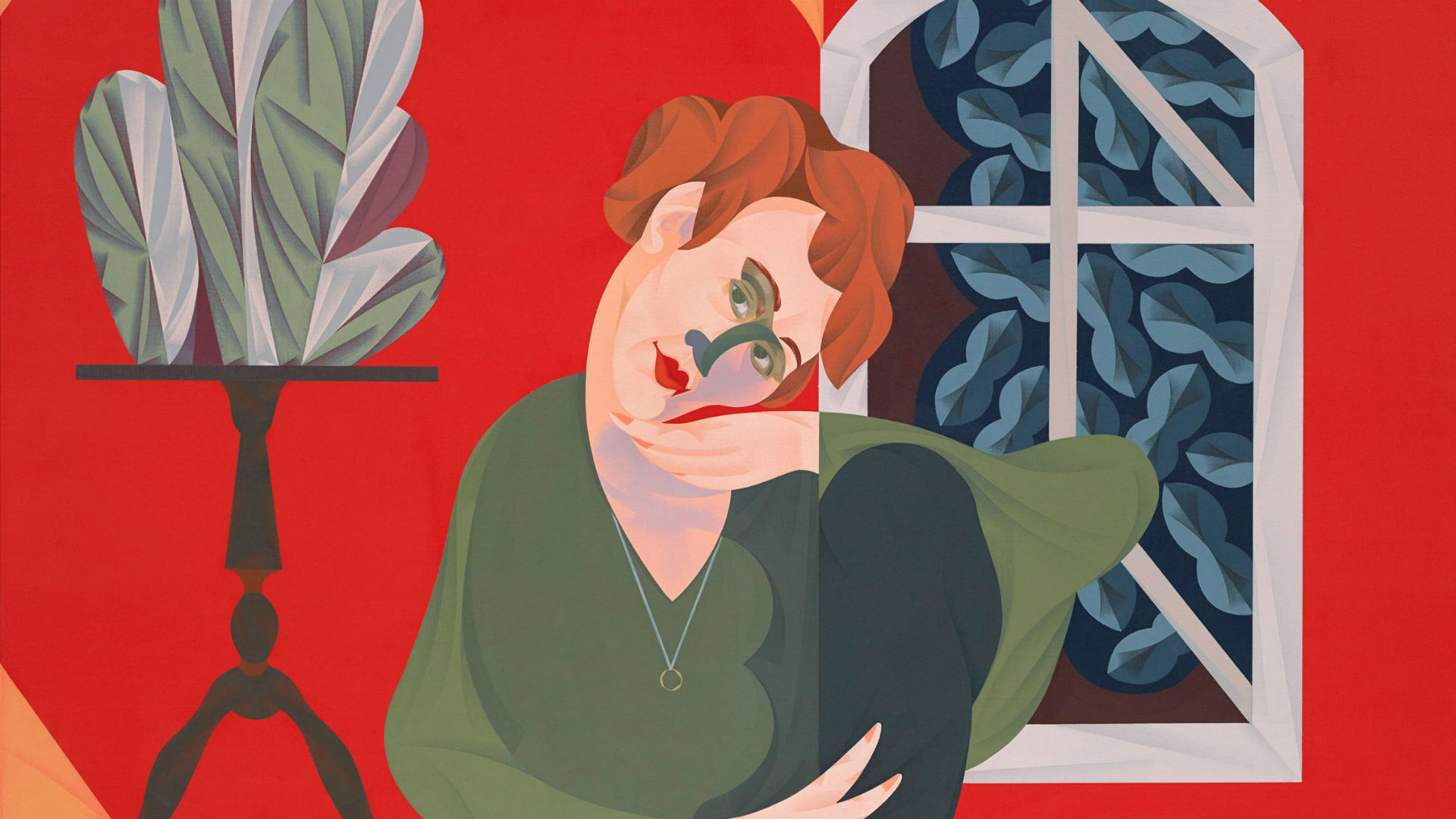
Archibald Prize 2017 winner Mitch Cairns: Agatha Gothe-Snape.
MITCH CAIRNS' PORTRAIT WIN
It wouldn't be the Archibald without a little art world controversy, and this year is no exception. Prize winner Mitch Cairns, whose work has been hung in the prestigious prize on four occasions, even hinted at the potential throwdown saying, "I composed this portrait with love in the full knowledge of its inevitable and palpable quake."
Cairns' work, a beguiling portrait of his partner and fellow artistic powerhouse, Agatha Gothe-Snape, has seen its audience divided and heads tilted, which begs the question: do the judges strive to make a choice every year that will incite debate and stir conversation? Gallery curator Anne Ryan said of the contentious decision, "It came down to two works in the end, but the judges voted for Cairns' work because of its success in revealing the character of its sitter, and its excellence as a contemporary painting." There's no doubt the work is striking, and the composition and finish are immaculate — and surely a painting that results in gallery-goers debating its merits long after they've departed counts for something?
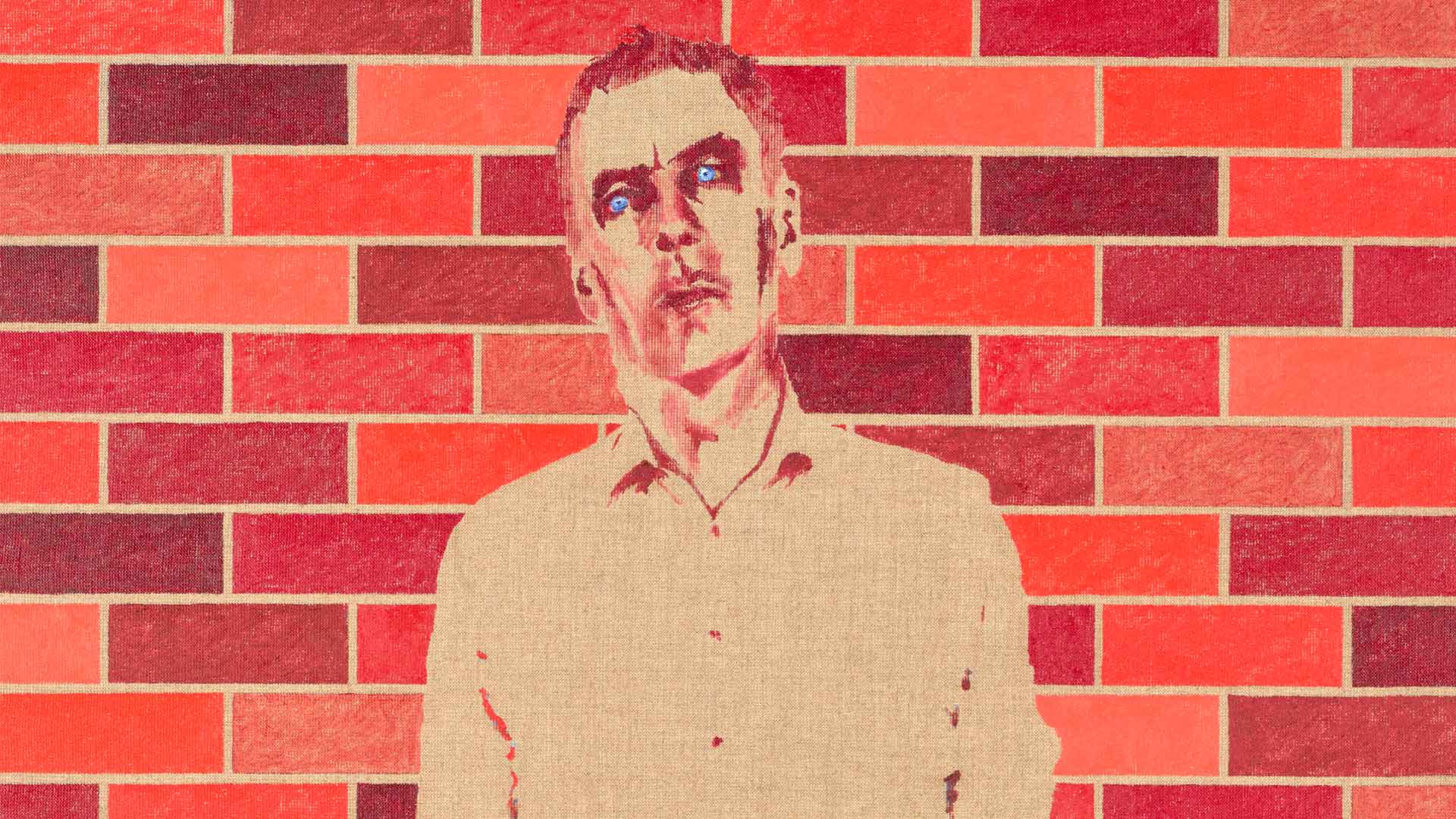
Archibald Prize 2017 finalist what: Robert Forster.
THE ROBERT FORSTER PAINTING BY 'WHAT'
Let's face it, standing in the corner of a crowded gallery googling "Australian artist what" or "identity of what" will result in you looking like the ultimate creeper. Spoiler alert: there are 12 million results and hardly any of them are remotely helpful, which is why we're here to help.
The son of a truck driver, the mysterious artist what, was born in Queensland and grew up in Western Sydney, graduating from the National Art School in 1992. His practice spans sculpture, painting, installation and performance, drawing from his own life, politics, religion and culture. A portrait of Go Between's frontman Robert Forster, what's work is unlike the majority of the paintings in the gallery. With a light-hearted poem accompanying the portrait rather than paragraphs of explanation, his approach definitely incites some consideration of what it means to have your art speak for itself, without being tainted by an artist's identity.

Archibald Prize 2017 finalist Tjungkara Ken: Kungkarangkalpa tjukurpa (Seven Sisters dreaming), a self-portrait.
SELF PORTRAITS — THE CONFIDENCE TO PAINT YOURSELF FOR THE PRIZE
According to the rules of the Archibald Prize, all entries must be "painted from life, with the subject known to the artist, aware of the artist's intentions and having at least one live sitting with the artist." And every year there are a handful of self portraits featured in the Archibald. So do these entries actually pass the criteria?
AGNSW curator Anne Ryan suggests that they indeed do. "A self portrait gives an insight into the character of an artist that comes from deep within," explains Ryan. "It can lay bare their self-perception, presenting themselves to the world in a way that can sometimes be very brave, very raw or alternatively, how the artist wishes the world to see them."
Another point in the entry criteria is that the subject should be, "of some man or woman distinguished in art, letters, science or politics". Often people will debate whether choosing to paint yourself is conceited, but there's something so bold about an artist who, casting off those pesky shackles of imposter syndrome, decides to say, "you know what? I've been doing this art thing for a while and I'm great at it, so I deserve to be here."
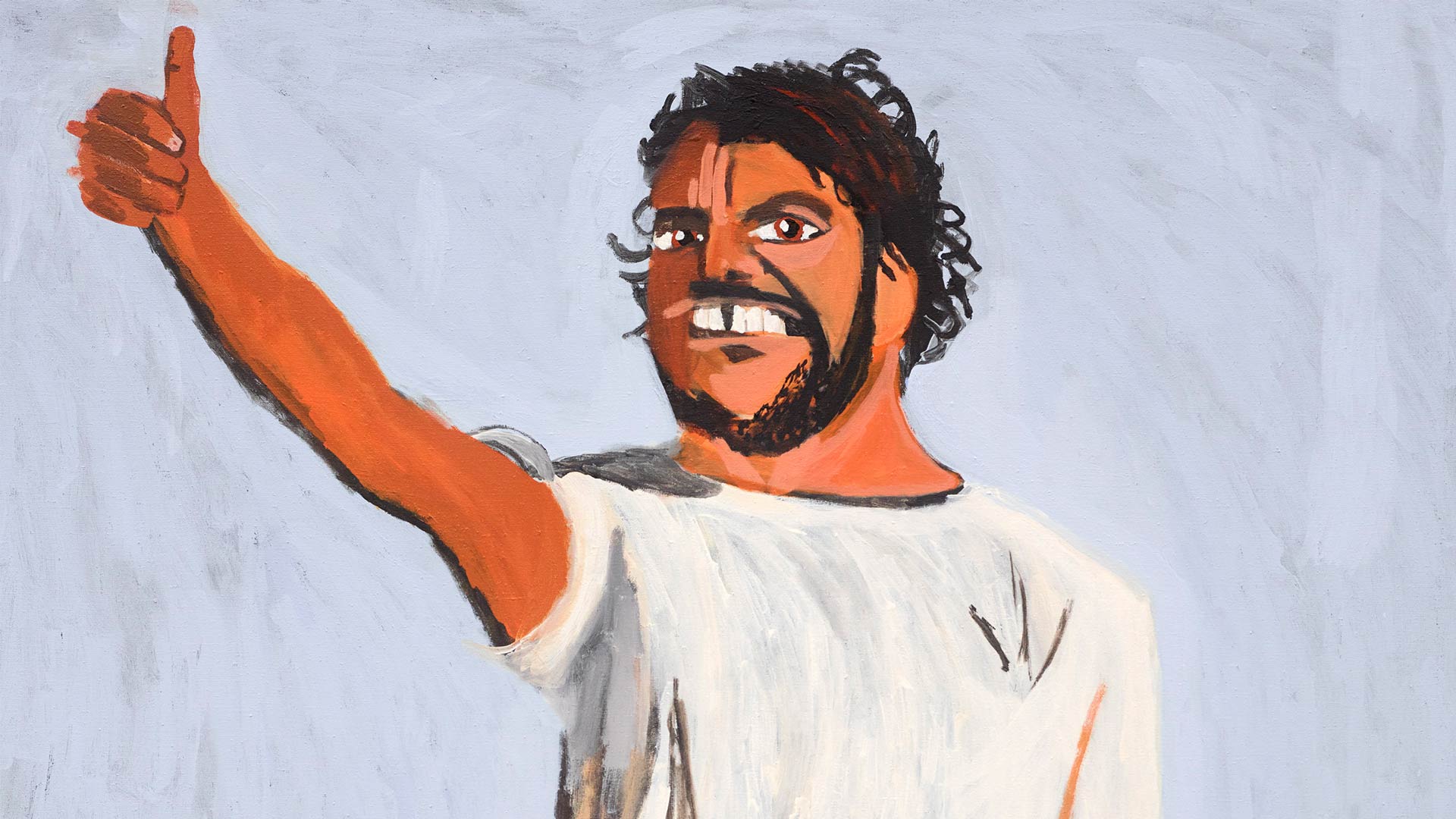
Archibald Prize 2017 finalist Vincent Namatjira: Self portrait on Friday.
GRANDSON OF A LEGEND, VINCENT NAMATJIRA
Whether you're a fan or not, there's no doubt that Vincent Namatjira's work, Self portrait on Friday, is one of the few pieces in the Archibald that immediately makes people smile. The painterly style is bold and honest, the no nonsense title is self explanatory and the work elicits an immediate sense of warmth. Vincent Namatjira has developed his own unique artistic style, but it's worth noting that he is the grandson of Australian art master, Albert Namatjira.
Albert Namatjira is no stranger to the Archibald. He's appeared in the prize a number of times both as an artist and a subject. In 1944, his work Gorge, MacDonnell Range was included in the Wynne Prize, and he has been depicted in either paint or sculpture in the exhibition by artists Rex Battarbee, Sylvia Connick and William Dargie. Most recently, Imants Tillers won the Wynne prize with an ode to Namatjira in 2013. Namatjira is now honoured in every major art institution in Australia, but that wasn't always the case. In the 1960s, he fell victim to a curator's 'funny' prank when the artist's work was hung next to the ladies' toilet with a vase of gladioli. Thankfully, curators have developed an actual sense of humour since then.
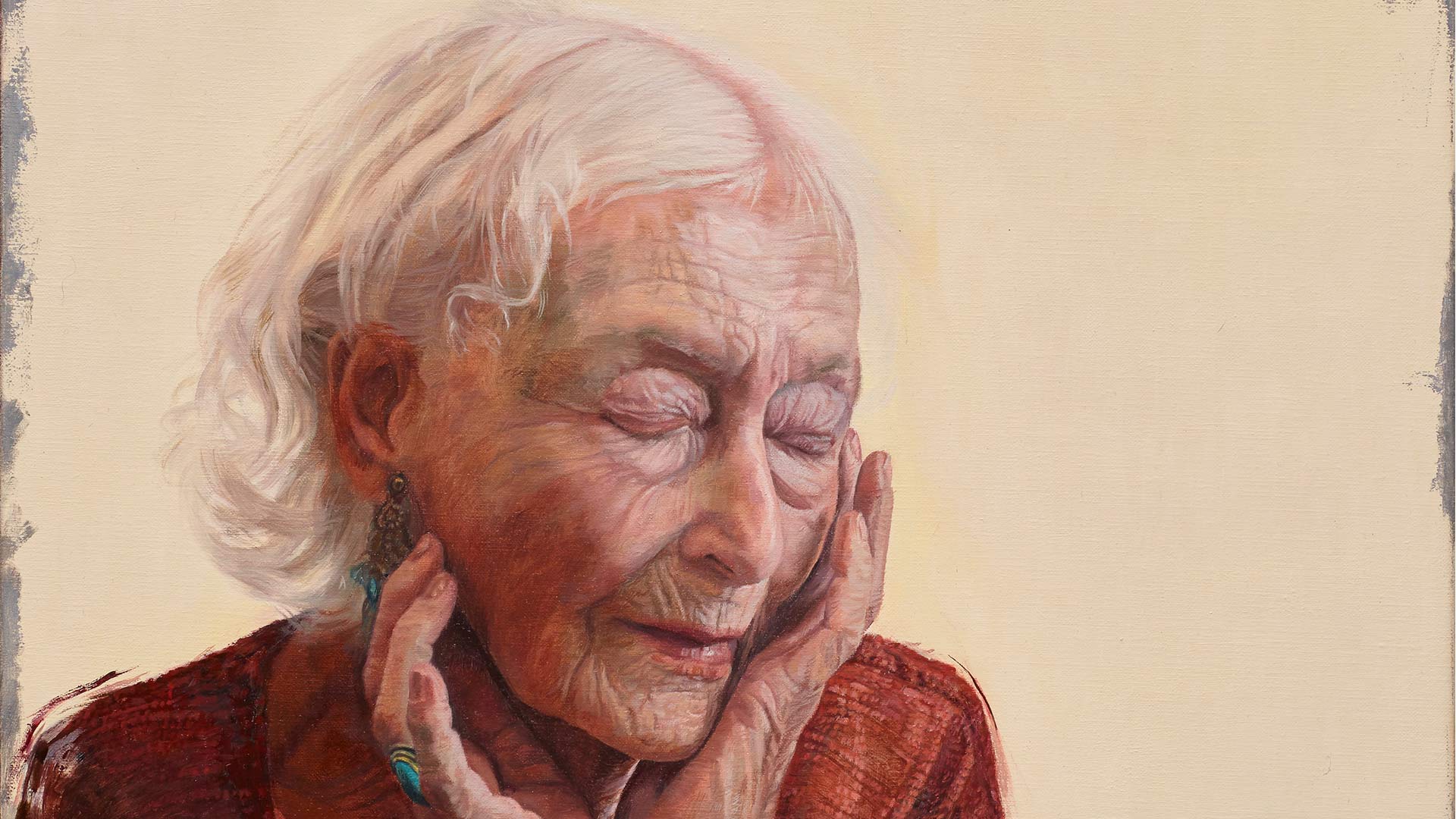
Archibald Prize 2017 finalist Andrew Lloyd Greensmith: The inner stillness of Eileen Kramer.
ANDREW LLOYD GREENSMITH'S PORTRAIT OF EILEEN KRAMER
There's probably only one thing more impressive than the recent ex-chief of the Melbourne Royal Children's Hospital's Department of Craniofacial Surgery being accepted into the Archibald after he decided to "pursue painting seriously". And that more impressive thing is his subject, Eileen Kramer. At 102 years old, Eileen is the world's oldest working choreographer and dancer, as well as a costume designer, artist and poet. Born in 1914, she's seen the whole world, having lived in Paris, New York, London and India. She only returned to Australia recently — at the ripe age of 99 — to continue her artistic practice. The illustrious careers of both Eileen Kramer and plastic surgeon Andrew Lloyd Greensmith are pretty much all the proof you need that you can achieve pretty much anything you set your mind to — provided you're already incredibly talented and live for over 100 years.
The 2017 Archibald Prize will wrap up soon, so if you haven't already, get yourself to AGNSW before Sunday, October 22. You can also catch the exhibition along with some mid-week laughs and live music at one of the Archibald After Hours events, every Wednesday until 10pm.
Images: AGNSW.

